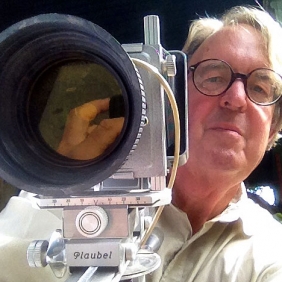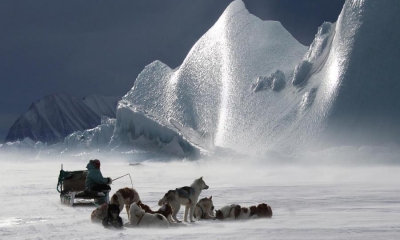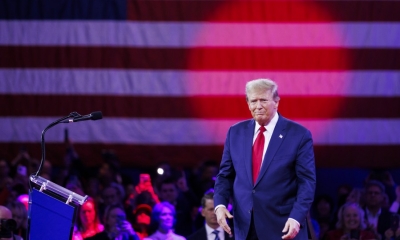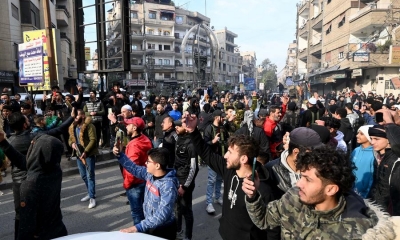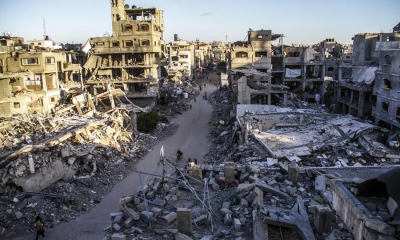Ukraine’s Counteroffensive, Diplomacy, and the Fog of War
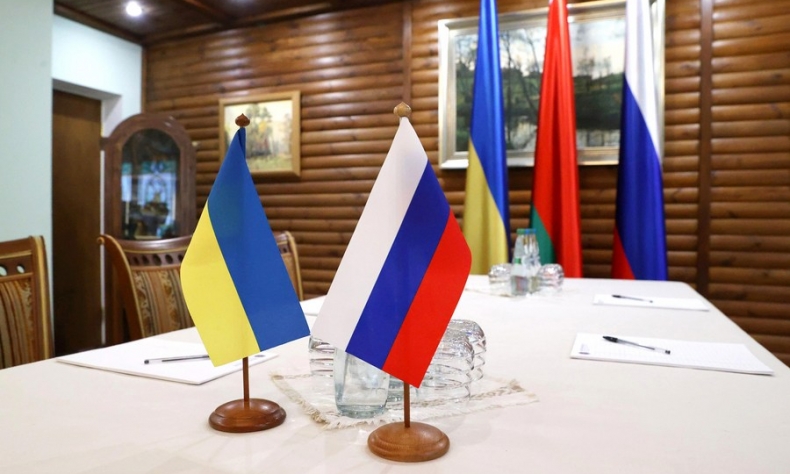
The battlefield situation as it develops will determine the timing and nature of a formal peace process.
The long-awaited Ukraine counteroffensive against Russia has begun. Will it lead to peace or to more war?
In May, Ambassador Li Hui, the Chinese Special Representative on Eurasian Affairs made a fact-finding visit, seeking peace to five countries in Europe: Ukraine, Poland, France, Germany, and Russia. The visit occurred a few days before the Group of Seven (G7) meeting in Hiroshima, Japan where members expressed solidarity with Ukraine and backed its war effort.
China has called for a political settlement to the war and Ambassador Li’s European visit demonstrated Beijing’s commitment to facilitating moves toward peace. But problems remain because it is well known that the war is a long and carefully planned proxy war by NATO against Russia. Do Washington and NATO want to be perceived as “losing” this war?
Washington has been quite clear in statements by top officials that the Ukraine war is aimed to “weaken” Russia over the long term. The proxy war is led by the United States and President Joe Biden does not hesitate to strongly endorse Ukraine and the war and says he will do whatever it takes to defeat Russia.
Fog of war
As in all wars accurate and timely information about the war is difficult for the general public to obtain. Thus, all sides in the war promote their side’s narrative through what is today often called “information war” using the mainstream and official media. In the past, this was known simply as propaganda then later it was called “psychological warfare.” In professional circles today it is called “cognitive warfare.”
Whatever the information war is called, truth is the first victim in the systematic propagation of a web of wartime lies. The public, as well as politicians who do not closely follow intelligence, are manipulated and are denied accurate accounts on which to base judgment and to draw conclusions.
This situation has been called “the fog of war” in which it is difficult or impossible for the actors involved at war with each other and the public to discern the ground reality. The actual battlefield situation is unclear.
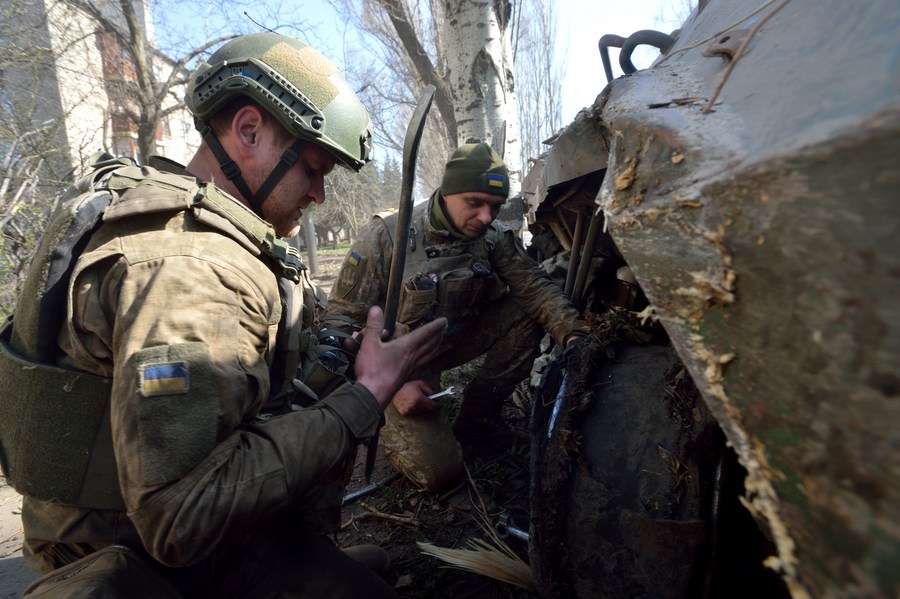
The military situation
Ukraine on June 8 launched its long-awaited “counteroffensive” to much fanfare in the Western press. Since the outset of the war in February last year there both sides have had varying fortunes on the battlefield.
Early in the war, it appeared that Moscow had miscalculated perhaps thinking that a limited incursion would trigger diplomacy. For months, and indeed years, Russia pointed to the growing NATO activity in Ukraine as a serious threat to its security and national interest as well as to peace in Europe.
It appears, however, that initially Moscow did not calculate the extent and the commitment of the U.S.-led NATO war machine to launch a major proxy war against it using Ukraine.
In the early stage of the war, it appeared that Ukraine had successes in pushing back Russian forces. Naturally, this was played up in the Western media and by Western think tanks and so-called experts. But Russian withdrawals were tactical and Russia began constructing a defensive line along the 800-mile-long battle front.
Russia regained control of Donbass and the four nominal republics there became part of Russia itself as had Crimea in recent years. The war escalated into the largest land war in Europe since World War II.
In recent months, it appears that Russia has stabilized its front and from a defensive position has rebuffed the NATO-Ukraine war effort. Ukraine has sustained very large scale losses of men and materiel, according to Ukrainian, Russian, and NATO sources.
Despite such massive losses, Western information war has portrayed Ukraine as victorious at every step of the way. The crushing defeat of Ukraine in the strategic city of Bakhmut was downplayed in Western media.
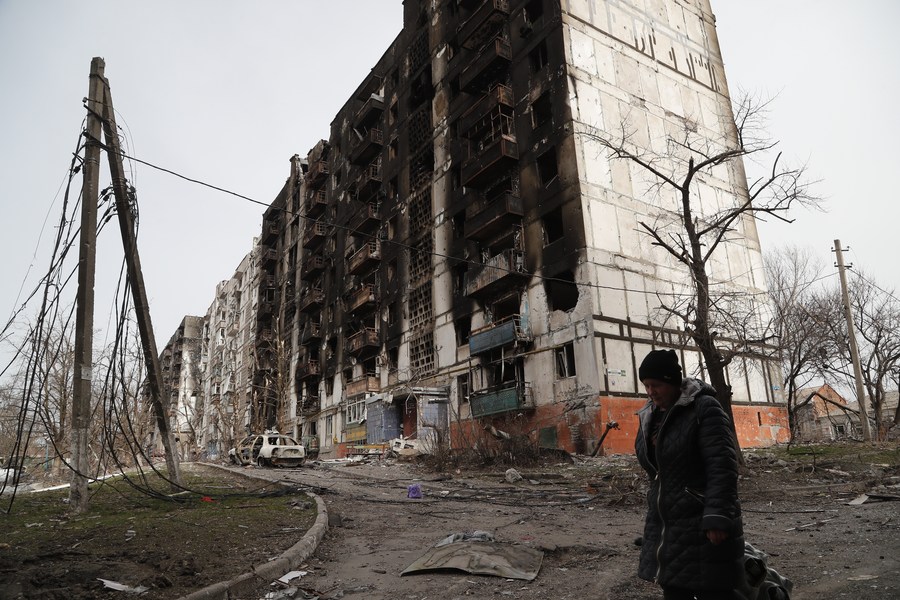
The current counteroffensive in its first days already seems to have resulted in Russian destruction of NATO armor provided to Ukraine. Leopard tanks and Bradley armored fighting vehicles which were touted as part of the Western wonder weapons supply to Ukraine that would make Kiev the winner have been incinerated in numbers.
Russia appears to be in a strong defensive position and thus Ukraine losses in this phase of the counteroffensive are expected to be high proportionally.
It is possible, perhaps likely, that the NATO-Ukraine counteroffensive will fail. What would come next is unknown. Will Russia be content with its gains in the Donbass region or will it press forward to gain more Ukrainian territory? Will peace talks result and when?
Diplomacy blocked
At this time, there is no diplomatic process leading to peace talks. There have been peace initiatives by the Vatican, Türkiye, and others including China. But, so far, the tragic war rages on.
The historical context since 2014 is clear. The United States and its Western allies launched a coup d’etat in Ukraine in 2014. This move replaced the duly elected constitutional President with a Western puppet regime riddled with neo-Nazi politicians and armed militias. The country was split between Ukrainian and Russian ethnic groups. The oppressed Russian ethnic minority in the Donbass region for self-protection seceded from Ukraine and a civil war broke out.
Just as in World War I, Western allies have blocked diplomatic peace initiatives and diplomacy. France and the United Kingdom blocked a number of peace initiatives in 1916 and 1917 which would have saved hundreds of thousands of lives in that war. In the run up to the present proxy war in Ukraine, France and the UK have admitted that they undertook the 2015 Minsk process as a deception operation to lull Russia to sleep while preparing Ukraine for proxy war.
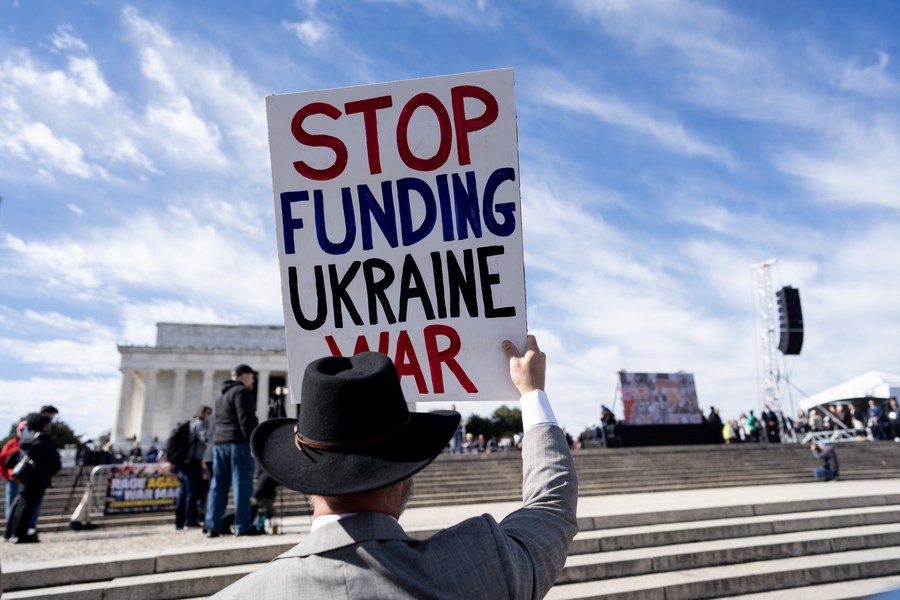
Prospects for peace
So, what are the prospects for peace today?
First, there needs to be a diplomatic process that will lead to formal talks between the warring sides. There is no such diplomatic process in evidence today despite several initiatives as mentioned earlier. Until there is a formal diplomatic process recognized by Moscow and Kiev there will be no formal peace talks and negotiation.
Both Moscow and Kiev, for now, have rejected formal talks and negotiations. Thus, the battlefield situation as it develops will determine the timing and nature of a formal peace process.
The Vatican offered its “Good Offices” to facilitate peace talks. Türkiye actually provided its Good Offices for initial talks but they failed. For “Mediation” to occur, both Kiev and Moscow must agree to Mediation and to a mediator. The atmosphere in the United Nations is poisoned by the West so while a logical venue it is not an opportune moment.
So, the international community must await developments on the battlefield. At some point, as in all wars, a diplomatic process will begin followed by a ceasefire. Then come the intensive diplomacy and the negotiations which then in due course arrive at a peace settlement. This could be a long process. But in the “fog of war” no one can predict at this time.
Clearly, it is urgent that despite the ongoing battlefield situation a diplomatic process must begin in order to end this tragic and destabilizing war in Europe.
The article reflects the author’s opinions, and not necessarily the views of China Focus.
 Facebook
Facebook
 Twitter
Twitter
 Linkedin
Linkedin
 Google +
Google +



